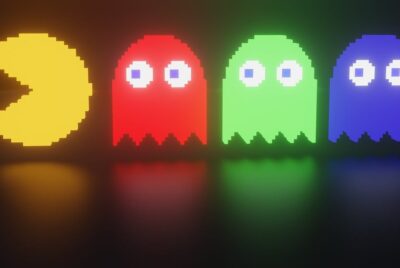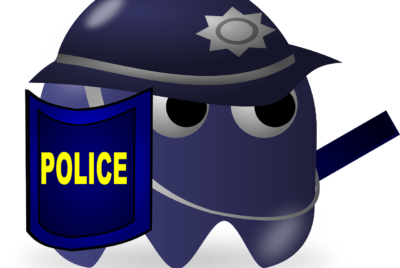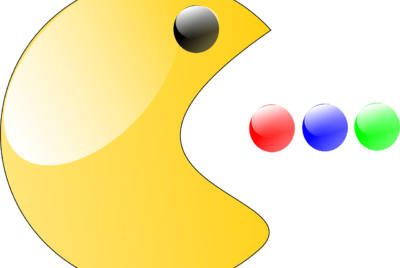Pacman Google Doodle
We all remember the joy that comes with playing classic arcade games, and on May 21, 2010, Google reignited that nostalgia with the Pacman Google Doodle. To celebrate the 30th anniversary of Pacman, Google transformed its homepage logo into a playable version of the beloved game, captivating millions around the world. We found ourselves caught up in the wonder of navigating Pacman through those familiar mazes, chased by ghosts, while gobbling up dots and power pellets. It was a delightful trip down memory lane, and for many of us, it was a moment to share our own childhood memories with a new generation. The Pacman Google Doodle was more than just a game; it was a reminder of the simple joys that connect us all. Have you ever wondered why everyone was buzzing about Pacman back in May 2010? If you were online then, particularly on Google, you probably noticed something extraordinarily delightful and nostalgic—yes, we’re talking about the Pacman Google Doodle! Let’s dive into this memorable event that brought smiles to our faces and a skip to our hearts.
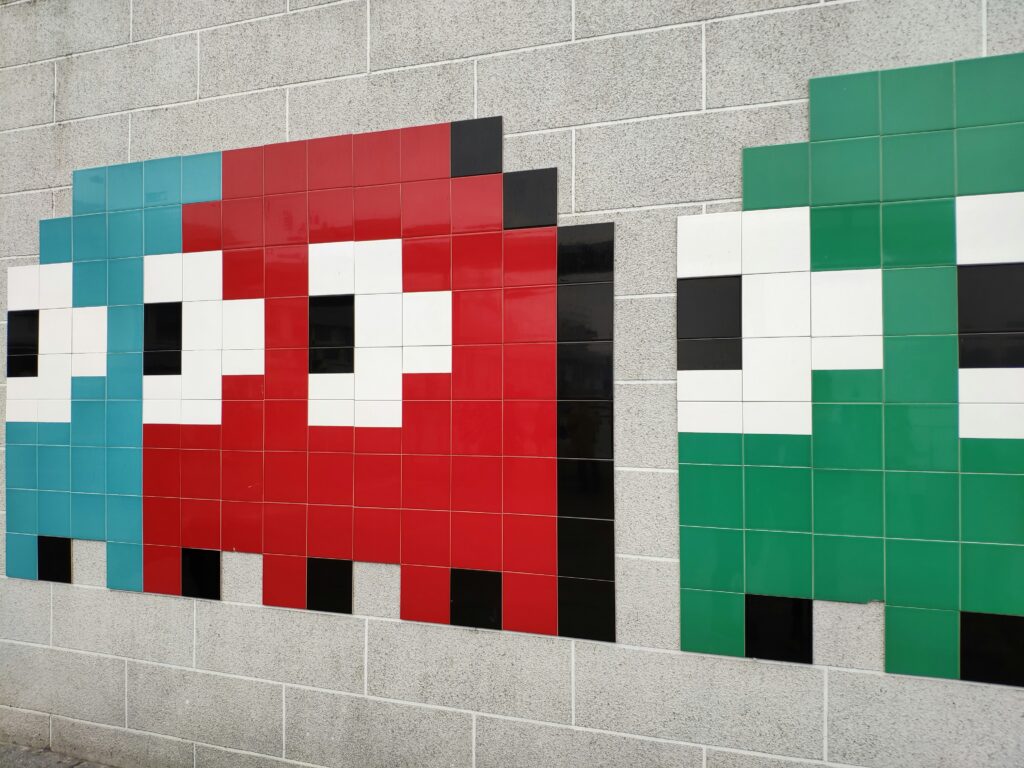
What is a Google Doodle?
Before we delve into the Pacman Google Doodle, let’s first clarify what a Google Doodle is. Google Doodles are thematic illustrations or animations temporarily replacing the Google logo on their search engine’s homepage. These creative changes commemorate holidays, anniversaries, and the lives of famous artists, pioneers, and scientists.
The Origin of Google Doodles
The tradition of Google Doodles began in 1998 when Google’s founders, Larry Page and Sergey Brin, played with the corporate logo to confirm their attendance at the Burning Man festival. This simple and quirky idea quickly became a tradition, celebrating things like public holidays, birthdays of notable figures, and other special events.
The Birth of the Pacman Google Doodle
So, what was so special about the Pacman Google Doodle? Created to celebrate the 30th anniversary of the iconic arcade game, Pacman, this Doodle went above and beyond with its interactive design.
Why Pacman?
Pacman, developed and released by Namco in 1980, is one of the most famous arcade video games of all time. Who among us hasn’t spent hours guiding the yellow, pie-shaped character through a maze, gobbling up dots and avoiding ghosts? Pacman wasn’t just a game; it was a cultural phenomenon that went on to inspire several sequels, merchandise, and even a television show.
Features of the Pacman Google Doodle
Unlike previous static or mildly animated Doodles, the Pacman Google Doodle was interactive. We could actually play Pacman right on the Google homepage! Let’s break down its fascinating features:
Interactivity
This Doodle’s interactivity was a first for Google, offering a playable version of Pacman directly from its search page. Using keyboard arrows, users could navigate the maze, trying to beat the game as they would on a traditional arcade machine.
Authentic Sounds and Graphics
One of the most impressive aspects of the Doodle was its authentic replication of Pacman’s original sounds and graphics. It felt like stepping into a time machine to 1980. We were greeted with those familiar “waka-waka” sounds and vibrant 8-bit graphics, making the experience genuinely nostalgic.
Customized Level Design
The level design wasn’t random either; it incorporated the Google logo into the maze. This clever integration allowed players to see their favorite game’s elements while also enjoying a familiar logo layout.
Impact on Users
The Pacman Doodle wasn’t just a fleeting online gimmick. It had a significant impact on its users, making it one of the most talked-about Doodles to date.
Time Spent
Do you know how long people collectively played the Pacman Google Doodle? According to estimates, users spent around 4.8 million hours playing Pacman on Google’s homepage, a testament to the game’s universal appeal.
| Metric | Value |
|---|---|
| Total Playtime | 4.8 million hours |
| User Engagement Rate | Exceptionally High |
User Experience
By bringing Pacman to its homepage, Google improved user engagement, offering a brief, enjoyable distraction from everyday routines. Whether we were at work or home, clicking on the Google Doodle transformed our day into a fun experience.
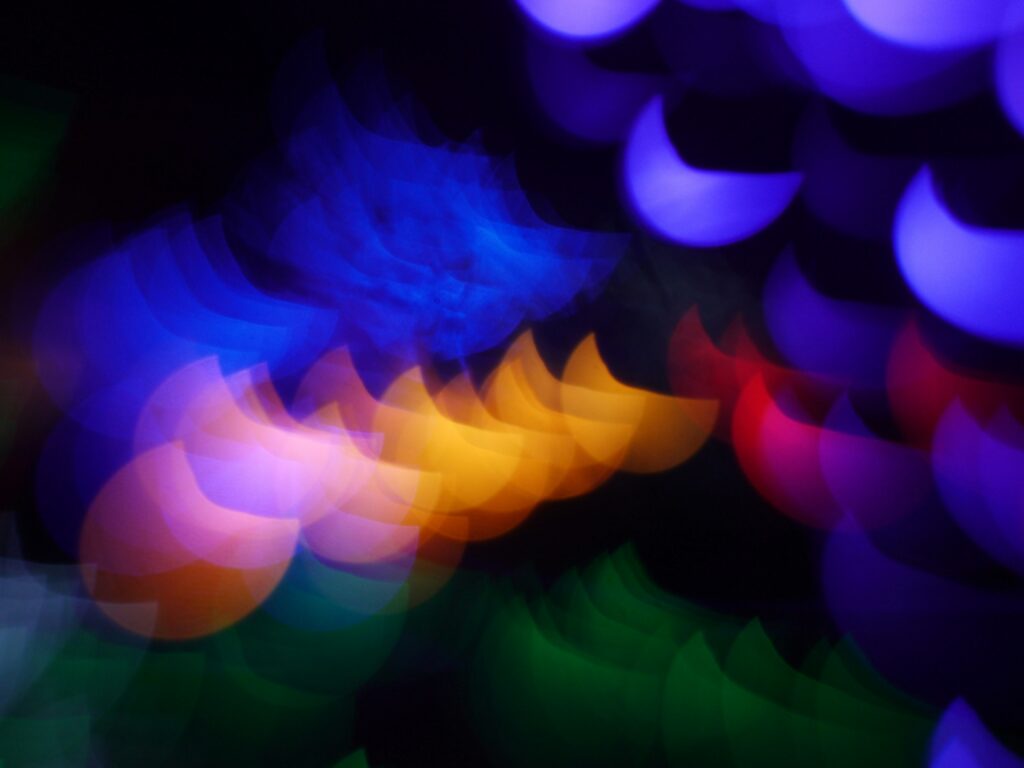
Google Doodle Tech Behind the Scene
Creating such an interactive and enjoyable yet lightweight game was a technical marvel. How did they do it?
HTML5 and JavaScript
While Google Doodles often leverage various technologies, the Pacman Doodle, built using HTML5 and JavaScript, allowed it to be lightweight yet fully functional without requiring any plugins.
Integration within Google Search
The Doodle was seamlessly integrated into the Google Search homepage, meaning we didn’t need to download anything or navigate away from the search engine. The game appeared where we would usually see the Google logo, making it easily accessible to anyone visiting Google.
Legacy and Contributions
The Pacman Google Doodle became a benchmark in how Easter eggs and interactive elements could be incorporated into web browsing, adding layers of fun and interactivity.
Enhancing User Engagement
Businesses and educators alike learned from this event. Companies started considering how gamified elements could engage users, making their websites more interactive and fun. For instance, many websites began incorporating mini-games, quizzes, and interactive elements to keep visitors engaged and improve retention rates.
Celebrating Nostalgia
Nostalgia has a powerful pull, and Google tapped into this beautifully. By bringing Pacman back to the forefront, the company offered a lesson in how nostalgia can be leveraged for marketing and engagement. This approach is now standard, with many businesses using retro themes and classic characters to attract and retain customers.

How to Access the Doodle Today
If, for some reason, you missed out on playing the Pacman Doodle back in 2010, don’t fret. Google has archived many of its past Doodles, including this one.
Google Doodle Archive
To play the Pacman Doodle now, visit the Google Doodle Archive. Here, not only can you find the Pacman Doodle, but you can explore many other interactive and static Doodles from over the years.
Emulator Options
Several websites have also emulated the Pacman Google Doodle, ensuring that we can still enjoy this piece of internet history. Just perform a quick search, and you’ll be guided to a plethora of emulation sites hosting the game.
Other Notable Interactive Google Doodles
While the Pacman Doodle is iconic, numerous other interactive Google Doodles have captivated our attention.
Coding for Carrots: Celebrating 50 Years of Kids Coding
One fascinating Doodle celebrated 50 years of kids coding, featuring a game where users help a bunny collect carrots. The interactive puzzle aimed to teach basic coding concepts in a fun and digestible way.
Halloween 2016’s Global Candy Cup
This Doodle allowed players to participate in an interactive multiplayer game, a first for Google. Players chose one of four teams to compete in a candy-collecting game, facing off in friendly competition against other users worldwide.
| Doodle Name | Key Feature | Year |
|---|---|---|
| Pacman Google Doodle | Interactive Pacman Game | 2010 |
| Coding for Carrots | Basic Coding Concepts | 2017 |
| Halloween 2016 Global Candy Cup | Multiplayer Competition | 2016 |
| 30th Anniversary of PAC-MAN | HTML5 and JavaScript | 2010 |
| Luis Gutiérrez 121st Birthday | Interactive Piñata Game | 2017 |
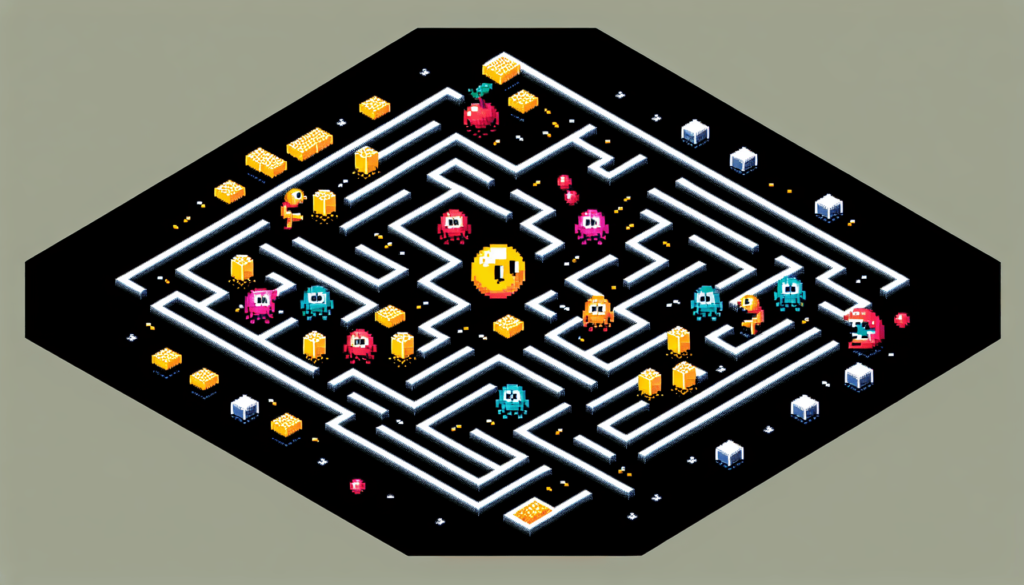
Future of Google Doodles
The Pacman Doodle set a high bar for future interactive Doodles. What does the future hold for these delightful surprises?
Integration with Advanced Technologies
As technology evolves, we can expect even more sophisticated Doodles utilizing augmented reality (AR) or virtual reality (VR) to create increasingly immersive experiences.
Educational and Informative Content
Google will likely continue to develop Doodles with educational value, incorporating them as tools for teaching history, science, and other subjects. These Doodles could serve as mini-lessons, promoting learning in an engaging way.
Greater User Interaction
In the future, we might see Doodles that allow even more user interaction, perhaps through user-generated content or social media integration. Imagine a Doodle where we collaborate globally to solve puzzles or achieve collective goals.
Conclusion
The Pacman Google Doodle wasn’t just another Easter egg or a playful distraction. It was a pioneering step in digital interactivity, an homage to a classic game, and a masterclass in nostalgic marketing. By remembering the days of Pacman, we were reminded of simpler times when a pie-shaped character running around a maze was all it took to make us happy. We celebrated the bond between technology and joy through this memorable event, setting a precedent for future Google Doodles.
So, the next time you see a unique Google Doodle, take a moment to click it. Who knows? You might just find yourself reliving a precious memory, engaging in a new game, or learning something fascinating. Let’s keep celebrating these little slices of joy that make our online experience just a bit more special.


